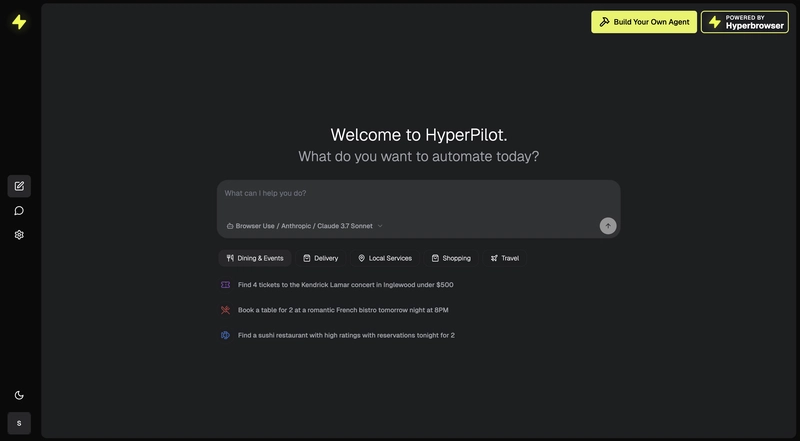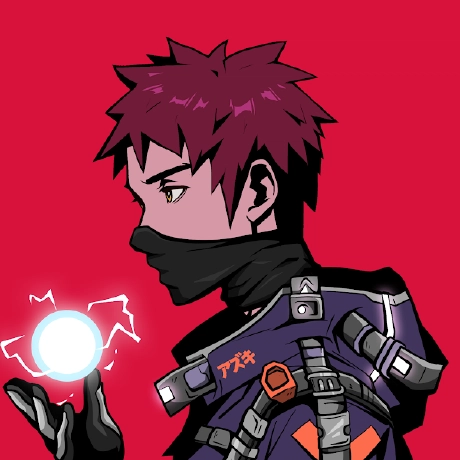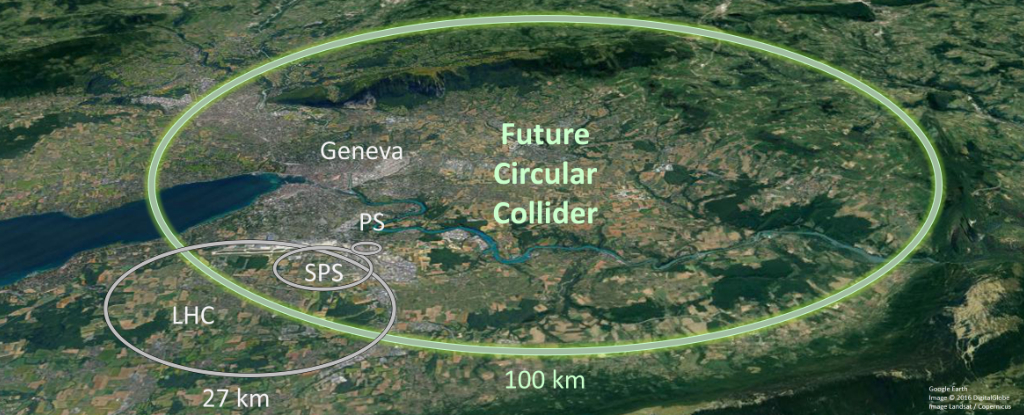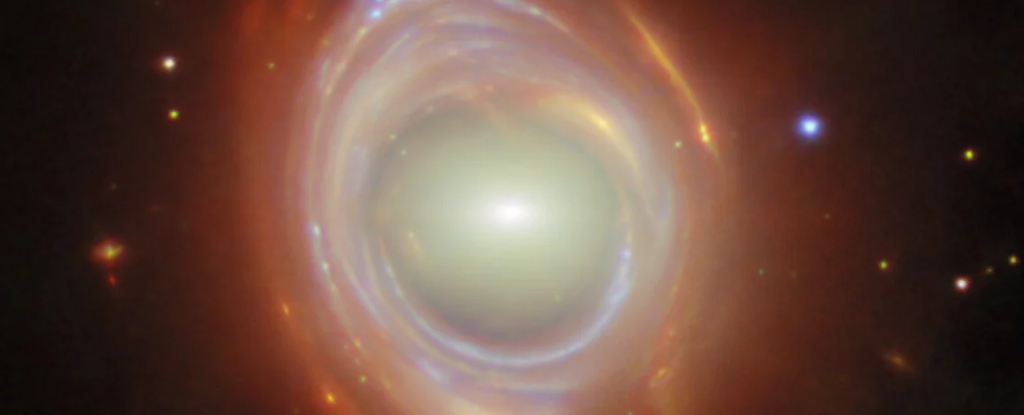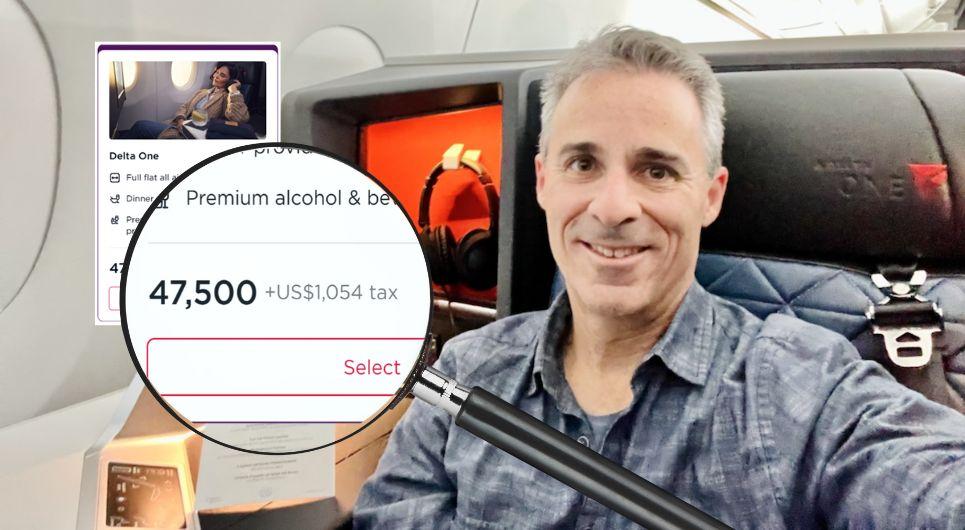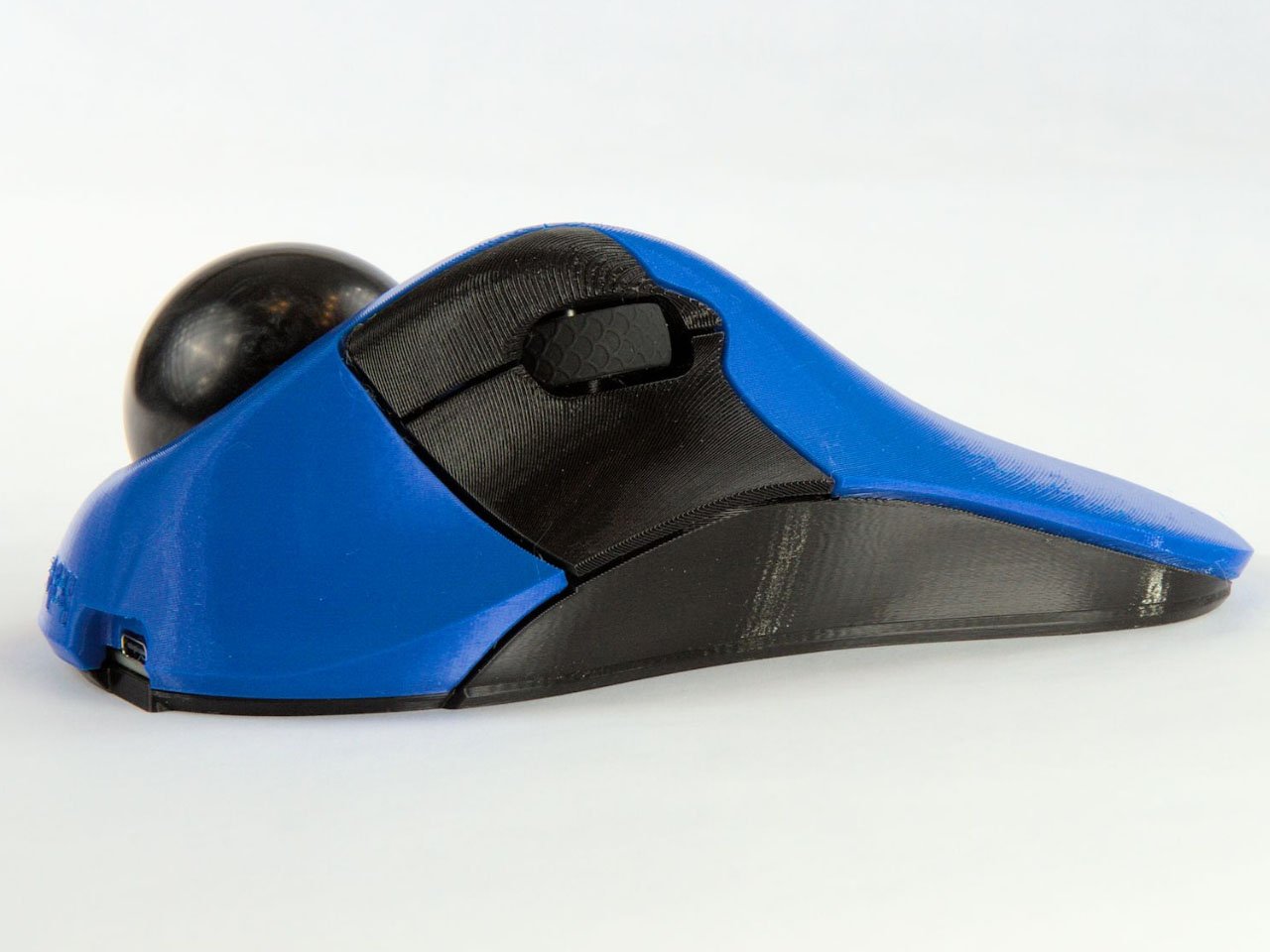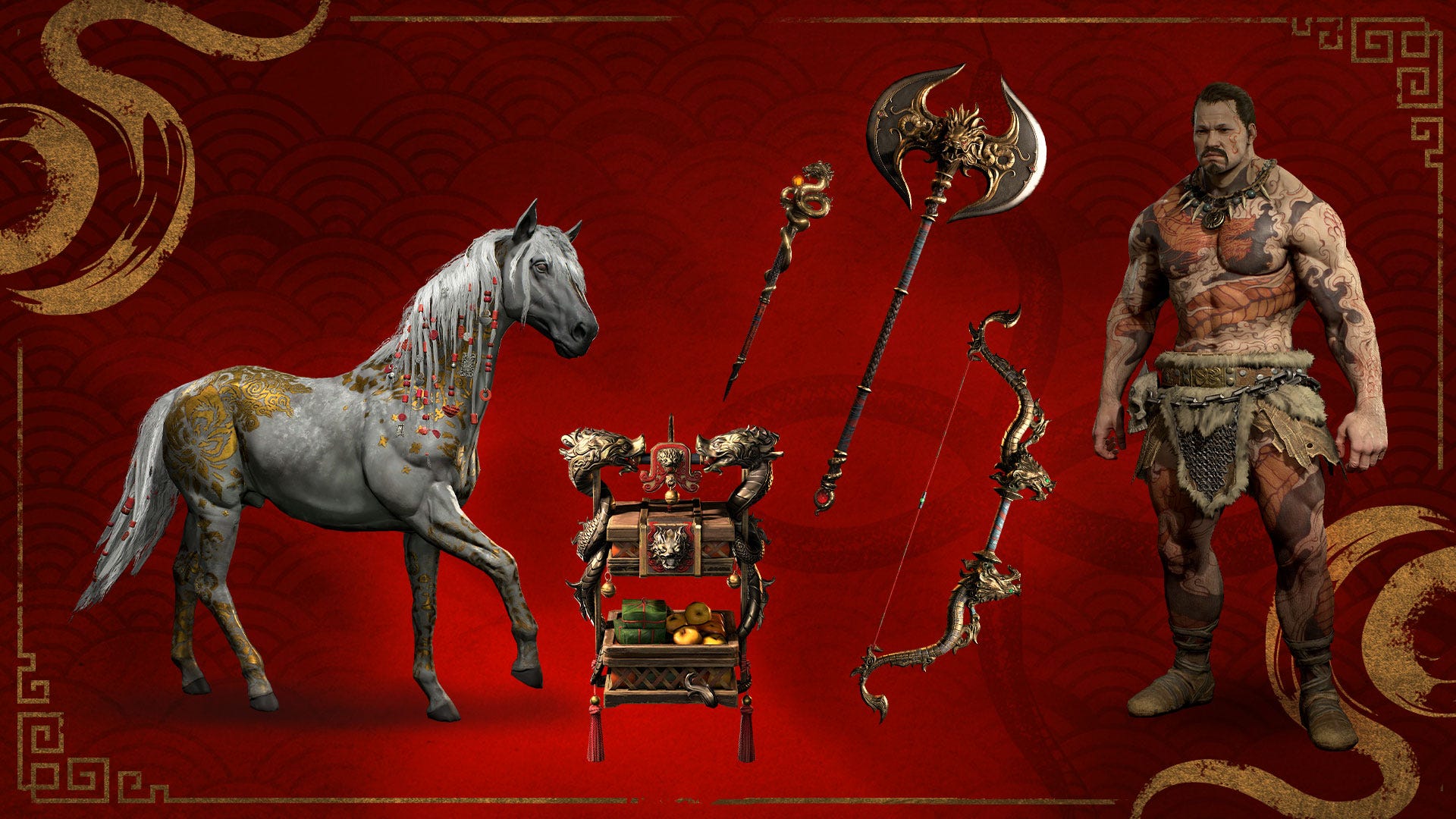Bust A Groove 2 Is the Weirdest and Best PSX Rhythm Game
Enix, when it was still an independent entity putting out games like Ogre Battle and before it formed with Square to form the juggernaut known as Square Enix, released a humble little game called Bust a Groove 2 in 1999. Much like the first game in the series, Bust a Groove 2 was a hit, and it remains one of my favorite rhythm games today. With exceptions like the Hatsune Miku: Project Diva titles, it’s hard for me to get into anything else in that genre after experiencing peak as a child. Before we continue, I'd like to throw out a quick disclaimer. I acknowledge that I'm writing an entire love letter to a game that some think is just okay. But this entry entertained me for pretty much my entire life. Screenshot by Siliconera Bust a Groove 2 is a dance battle game that plays like a rhythm one. Like others in the genre, it revolves around pressing buttons to a beat. However, Bust a Groove 2 differs in that you have to match the fourth beat of the song in order to fully complete your dance move. Failing to do so will count as a “Miss” and your character will stumble. Too many failures will cause the DJ to go, “Hey, what’s up?!” or “MOOORE RHYTHM!” in a tone that can get real grating real fast. But, it’s all good. What sets Bust a Groove 2 apart for me is that there’s no solo mode. There is a single-player mode if you don’t have a pal to bust and groove with you. It's akin to an arcade mode, in which your character dances their way to the top by defeating eight (or nine!) opponents. Makes sense, considering this appeared in Japanese arcades back in the late '90s. It’s basically like a fighting game, except with dancing. You can also use special “Jammer” moves to trip up an opponent, as well as block or defend against them. It’s always funny to use a Jammer on your opponent right before entering a solo section, since you can steal their solo. Admittedly, the first time I experienced that happening to me as a kid was also my first taste of gamer rage crash out. It only letting you play in arcade mode or local multiplayer kind of sucks, though! If I want to play a specific song and character, I have to either pray that the RNG favors me or load up practice mode. Some songs are really great, and I think they still hold up today! Granted, the nostalgia might be talking. A friend of mine who used to play this with me all the time had to give me a reality check, because I was spouting nonsense about how Bust a Groove 2 songs wouldn’t sound out of place on the radio today. They’re still good by today’s standards, and I don’t want to budge on that. I almost never get this stage, but I really like this song. Screenshot by Siliconera. To be honest, there are only about twelve different stages and tracks you can listen to in the game. So it makes sense that they’re good, since the developers expected the players to listen to these tracks ad nauseam. Its 1990s rhythm game compatriot of Dance Dance Revolution also had about that much, so I guess it was just the norm back in the day. At least Dance Dance Revolution let you pick what songs you want to listen to or play to, though! I hated having to go up against Kelly, because her song is so slow and it always feels like it takes forever. Something that's also really fun about Bust a Groove 2 is how if you do really well in a stage, the background transforms near the climax of the song. This depends more on the "Cool!" or "Freezin'" bonuses rather than the score. I consider myself really good at this game, because I can generally clear stages without ever losing a combo. But even with my perfect runs, I don't always trigger the maximum stage gimmicks since this can depend on both dancers. Even if it's for purely aesthetic purposes, it at least adds some form of mix-up to a game that can quickly become formulaic once you've played through it a few times with a character. That the stage gimmicks can look overly and humorously extravagant is just the cherry on top. It’s hard to talk about the garishly colorful cast of characters outside of, “Oh my God, they look so 90s.” There’s something about their heavily stylized designs when combined with the logo that just makes me feel like I would see this in a wacky pomo store at the local mall. The funny thing about the English release of Bust a Groove 2 is that it completely cut out the little interview segment that happens when you finish a campaign. So the game would cut to credits after you’re done, making it feel a little anticlimactic. Not only does it give a sense of closure to a run, but this interview is the only in-game way to know much of anything about these people. My uncle introduced me to Bust a Groove 2 when I was very young, and we were playing the Japanese version. So I knew the interview segment existed. Back then, my English was so bad that I couldn’t understand the audio, and I didn’t know Japanese to read the subtitles. When I got the game myself, I didn’t realize that the versions differed
![]()
Enix, when it was still an independent entity putting out games like Ogre Battle and before it formed with Square to form the juggernaut known as Square Enix, released a humble little game called Bust a Groove 2 in 1999. Much like the first game in the series, Bust a Groove 2 was a hit, and it remains one of my favorite rhythm games today. With exceptions like the Hatsune Miku: Project Diva titles, it’s hard for me to get into anything else in that genre after experiencing peak as a child.
Before we continue, I'd like to throw out a quick disclaimer. I acknowledge that I'm writing an entire love letter to a game that some think is just okay. But this entry entertained me for pretty much my entire life.

Bust a Groove 2 is a dance battle game that plays like a rhythm one. Like others in the genre, it revolves around pressing buttons to a beat. However, Bust a Groove 2 differs in that you have to match the fourth beat of the song in order to fully complete your dance move. Failing to do so will count as a “Miss” and your character will stumble. Too many failures will cause the DJ to go, “Hey, what’s up?!” or “MOOORE RHYTHM!” in a tone that can get real grating real fast. But, it’s all good.
What sets Bust a Groove 2 apart for me is that there’s no solo mode. There is a single-player mode if you don’t have a pal to bust and groove with you. It's akin to an arcade mode, in which your character dances their way to the top by defeating eight (or nine!) opponents. Makes sense, considering this appeared in Japanese arcades back in the late '90s. It’s basically like a fighting game, except with dancing. You can also use special “Jammer” moves to trip up an opponent, as well as block or defend against them. It’s always funny to use a Jammer on your opponent right before entering a solo section, since you can steal their solo. Admittedly, the first time I experienced that happening to me as a kid was also my first taste of gamer rage crash out.
It only letting you play in arcade mode or local multiplayer kind of sucks, though! If I want to play a specific song and character, I have to either pray that the RNG favors me or load up practice mode. Some songs are really great, and I think they still hold up today! Granted, the nostalgia might be talking. A friend of mine who used to play this with me all the time had to give me a reality check, because I was spouting nonsense about how Bust a Groove 2 songs wouldn’t sound out of place on the radio today. They’re still good by today’s standards, and I don’t want to budge on that.

To be honest, there are only about twelve different stages and tracks you can listen to in the game. So it makes sense that they’re good, since the developers expected the players to listen to these tracks ad nauseam. Its 1990s rhythm game compatriot of Dance Dance Revolution also had about that much, so I guess it was just the norm back in the day. At least Dance Dance Revolution let you pick what songs you want to listen to or play to, though! I hated having to go up against Kelly, because her song is so slow and it always feels like it takes forever.
Something that's also really fun about Bust a Groove 2 is how if you do really well in a stage, the background transforms near the climax of the song. This depends more on the "Cool!" or "Freezin'" bonuses rather than the score. I consider myself really good at this game, because I can generally clear stages without ever losing a combo. But even with my perfect runs, I don't always trigger the maximum stage gimmicks since this can depend on both dancers. Even if it's for purely aesthetic purposes, it at least adds some form of mix-up to a game that can quickly become formulaic once you've played through it a few times with a character. That the stage gimmicks can look overly and humorously extravagant is just the cherry on top.
It’s hard to talk about the garishly colorful cast of characters outside of, “Oh my God, they look so 90s.” There’s something about their heavily stylized designs when combined with the logo that just makes me feel like I would see this in a wacky pomo store at the local mall. The funny thing about the English release of Bust a Groove 2 is that it completely cut out the little interview segment that happens when you finish a campaign. So the game would cut to credits after you’re done, making it feel a little anticlimactic. Not only does it give a sense of closure to a run, but this interview is the only in-game way to know much of anything about these people.
My uncle introduced me to Bust a Groove 2 when I was very young, and we were playing the Japanese version. So I knew the interview segment existed. Back then, my English was so bad that I couldn’t understand the audio, and I didn’t know Japanese to read the subtitles. When I got the game myself, I didn’t realize that the versions differed this much, and thought I’d just imagined up the interviews. Later on, when I learned the differences between versions, I understood why Enix cut those endings.

Just so you know, the NTSC-U/C version of the game has an E rating. Not E10+. Just a flat E. To jog my memory of the endings, I watched only three interviews on YouTube and came back agreeing with Enix, if it had chosen to cut the endings to preserve that rating. Strike’s ending shows him pointing a realistic gun at someone. Kelly’s ending teases her stripping (Kelly’s entire dance style feels like it just wouldn’t fly in an E game today). Heat’s ending has the joke, “What do you need to get the Beatles back together again? Three more bullets!” Yeah, I get it now. Honestly, I’m more surprised the game got away with a mere E. Aside from Kelly’s obvious sex appeal, didn’t they think Pander and Bi-O would scare children?
Metro, the studio that developed Bust a Groove 2, still exists, to my surprise. Even more surprising to me is that it’s worked on games like Hatsune Miku: Colorful Stage, Pokemon Scarlet/Violet, and Pokemon Legends Arceus. It doesn’t look like it’s making any original console games anymore. But with the wealth of other rhythm game we can enjoy today—Maimai, Taiko no Tatsujin, and IDOLiSH7 just to name a few off the top of my head—I’m sure one day I’ll eventually encounter one that will sweep me off my feet exactly as Bust a Groove 2 did all those years ago.
Bust a Groove 2 originally came out for the PlayStation.
The post Bust A Groove 2 Is the Weirdest and Best PSX Rhythm Game appeared first on Siliconera.










